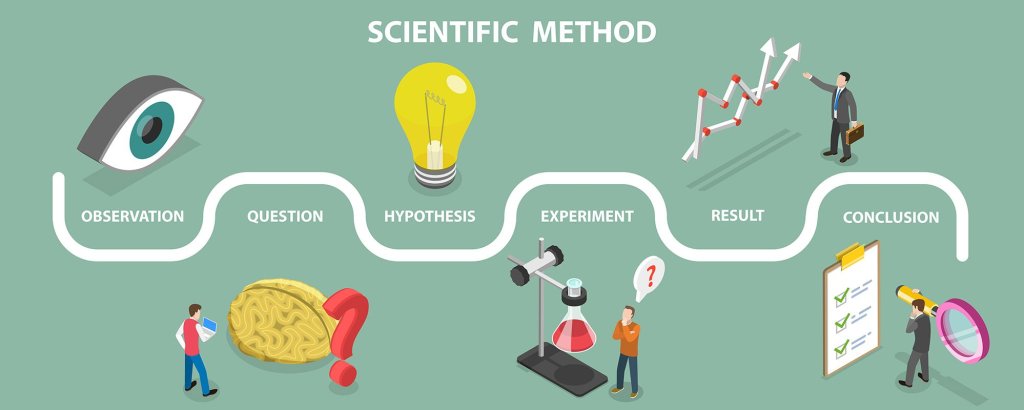 The COVID-19 pandemic has changed the way consumers shop, and that change has become permanent for some.
The COVID-19 pandemic has changed the way consumers shop, and that change has become permanent for some.
To continuously improve, retailers, large and small, need to understand the benefits and costs of business experimentation. This allows them to evolve as a company and become more resilient to dramatic economic changes.
Business experimentation is a method of testing systems with known processes and outcomes against new and innovative changes or ways of doing things. Experimentation can also be considered as a component of continuous process improvement. Retailers big and small will always benefit from learning how their businesses can find better ways of doing things.
- Increase Employee Productivity
- Be Skeptical of Conventional Thinking
- Confidence to Make Changes
- Increase Margins on Revenue
Smarter Decision-Making
The problem for managers is that conventional wisdom got them to where they are now, but to be innovative, they need to go against the grain and not with it. To be truly innovative, they have to understand their bias for the conventional and look for new ways of doing things.
Experimentation helps managers discover whether or not a new product or operational process will succeed. This is the only practical way to see if a specific change will work. They make more intelligent decisions based on the results of their experiment, which reduces the effect of long-term damage to the company.
Tips for Setting Up Your Experiment
To make sure that your experiment is worth your precious time and effort, you need to ask yourself some important questions:
- What is the purpose of this experiment?
- Can I do this experiment?
- Will my employees need to be a part of it?
- Will I implement changes or stick with the conventional?
These questions may seem obvious, but you may lose time and money by not addressing these questions.
Define Your Experiment: Creating an experiment seems straightforward, but it’s surprisingly hard to do the right way. There are a bunch of organizational and technical challenges. You should define what you’re experimenting with and how to get the best results possible. This requires you to look at every possible cog in the works and define their role, as well as looking at how those cogs are affected. Even a simple experiment has a lot of moving parts.
Strategic Partnerships: Does your experiment need a strategic partner? Again, you’re trying to go against conventional wisdom and find an innovative way of doing something. This may require you to reach out to your network and see if anyone can help.
Ensure Alignment: Without employee buy-in, there is a greater possibility of failure. They are probably part of your experiment, so train your employees and keep them in the loop if you need to.
Results: Don’t rush to equate correlation with causation. A jump in sales or increased profit could be from a different, unexpected source. All of the variables need to be assessed before making conclusions about your experiment.
More Things to Consider
Like many other retailers, you may have a small test group, and that’s okay. Your test group doesn’t have to be in the thousands. Another consideration is that you need to perform objective assessments for each variable. This is where your biases may creep in and skew the data. Don’t let that happen.